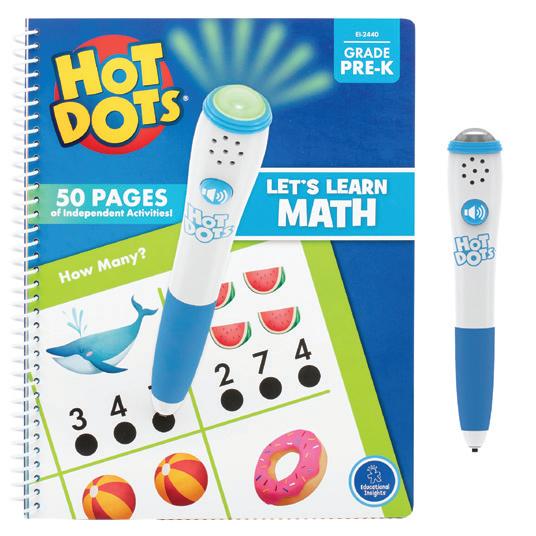
18 minute read
Product Roundup

Hot Dots Let’s Learn Reading & Math Sets
Advertisement
The perfect way to practice critical math and reading skills at home and on the go. Let your kids learn on their own at their own pace and build confidence with this set. $24.99, ages 3 years +, www.amazon.com
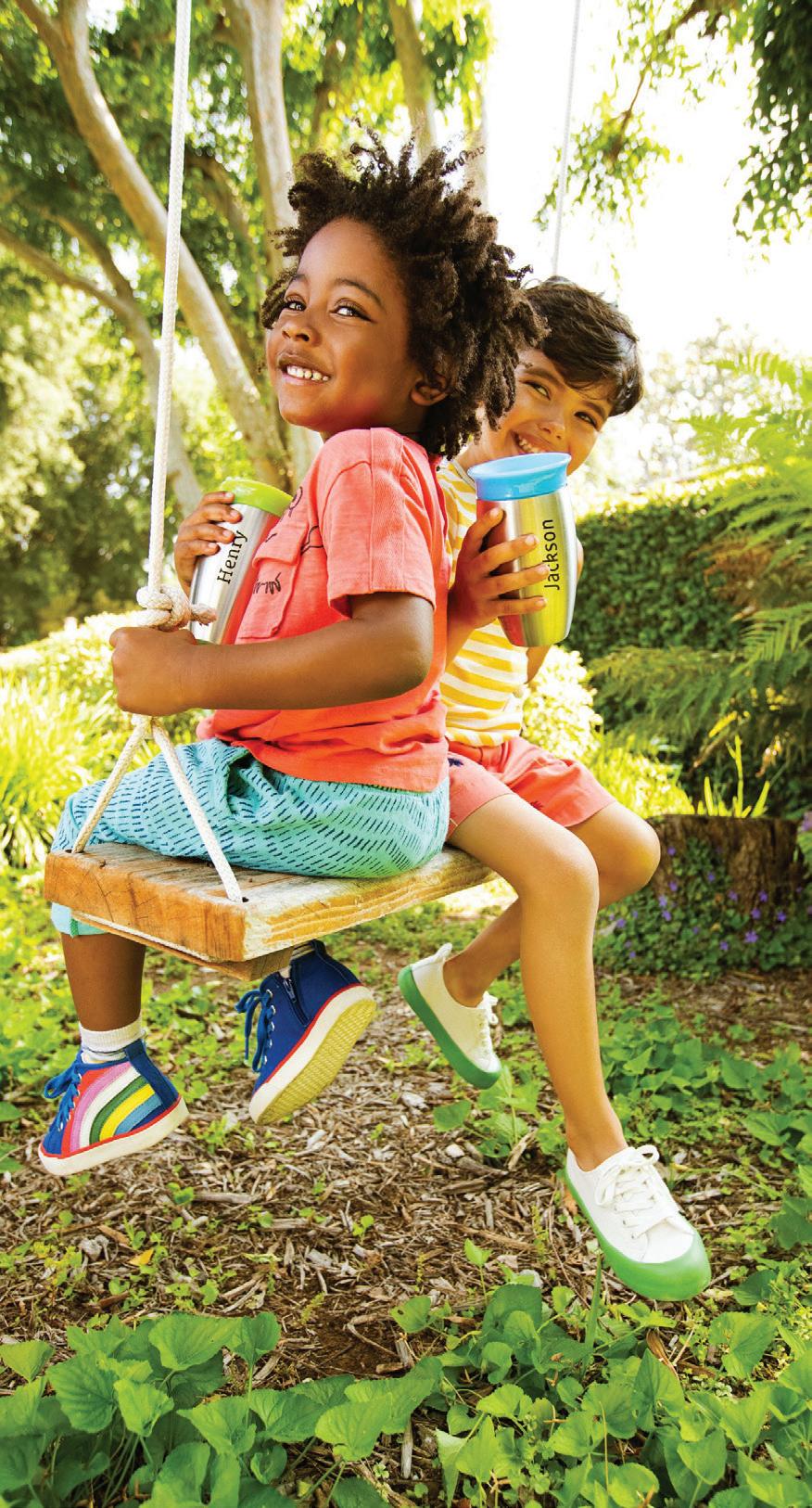
By Elena Epstein, Director of the National Parenting Product Awards
Sago Mini School
A learning platform created by child development experts to build early reading, math, science and problem-solving skills. A monthly subscription will give your child access to new activities. $7.99/ month, ages 2 – 5 years, www.sagomini.com
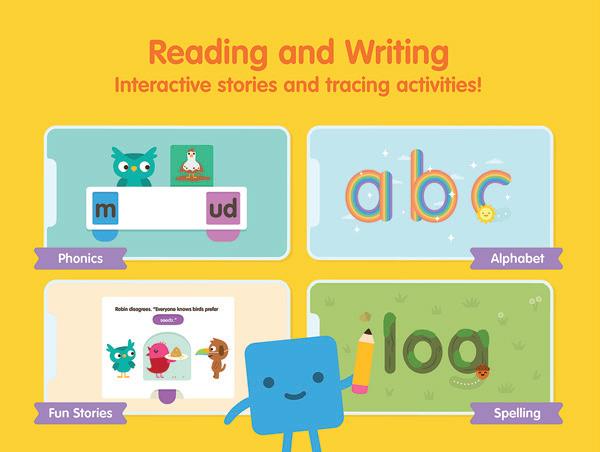
OxyPure Air Purifier
Connects to wifi to automatically detect a room’s air quality for particles and odors and reacts in real-time to purify the room. Smart capabilities allow users to control and monitor air quality on their smartphone or tablet from anywhere – even away from the house. $599, https://www.nuwaveoxypure.com/
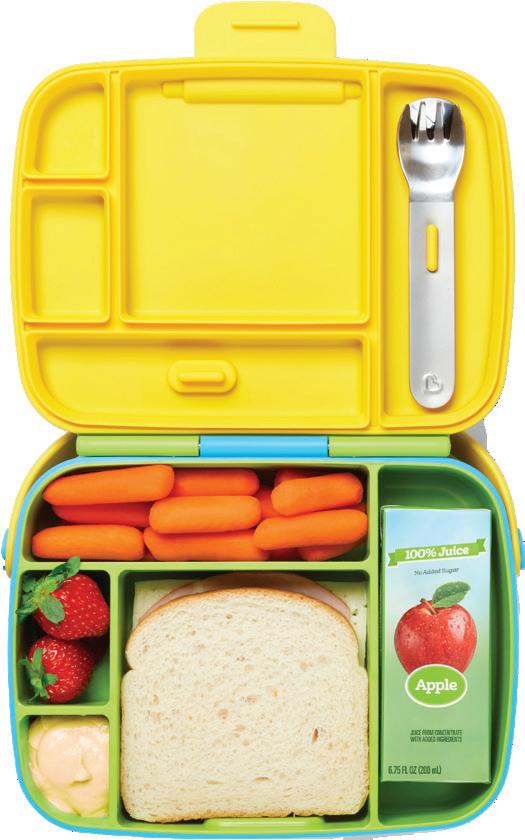
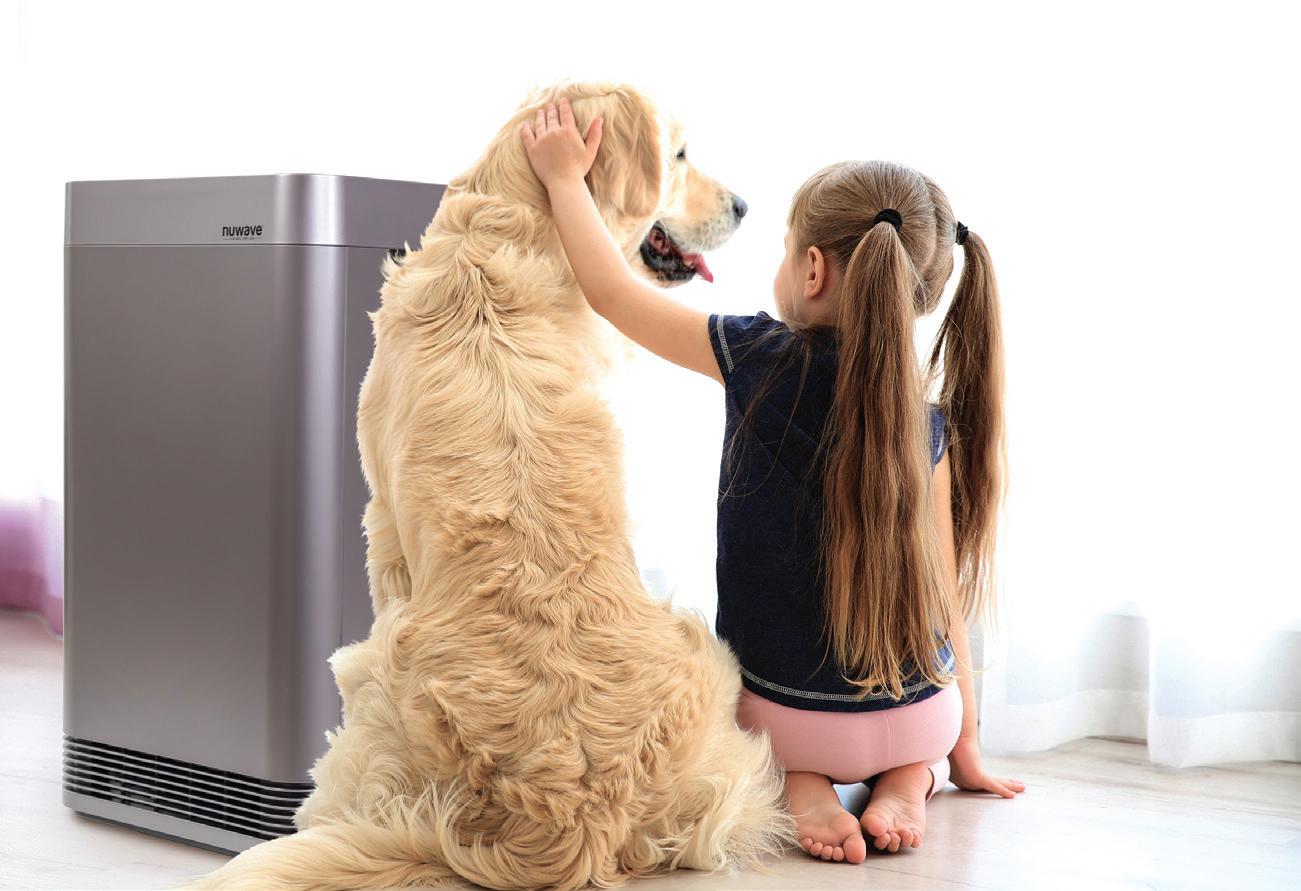
Personalized Miracle® Stainless Steel 360° Cup, 10oz $25.00
Lunch™ Bento Box with Utensils
The 5 compartments assure that foods won’t touch and designed to fit small portions for small hands. $20, ages 18 months+, https:// www.munchkin.com/lunch-bento-box-withstainless-steel-utensils.html
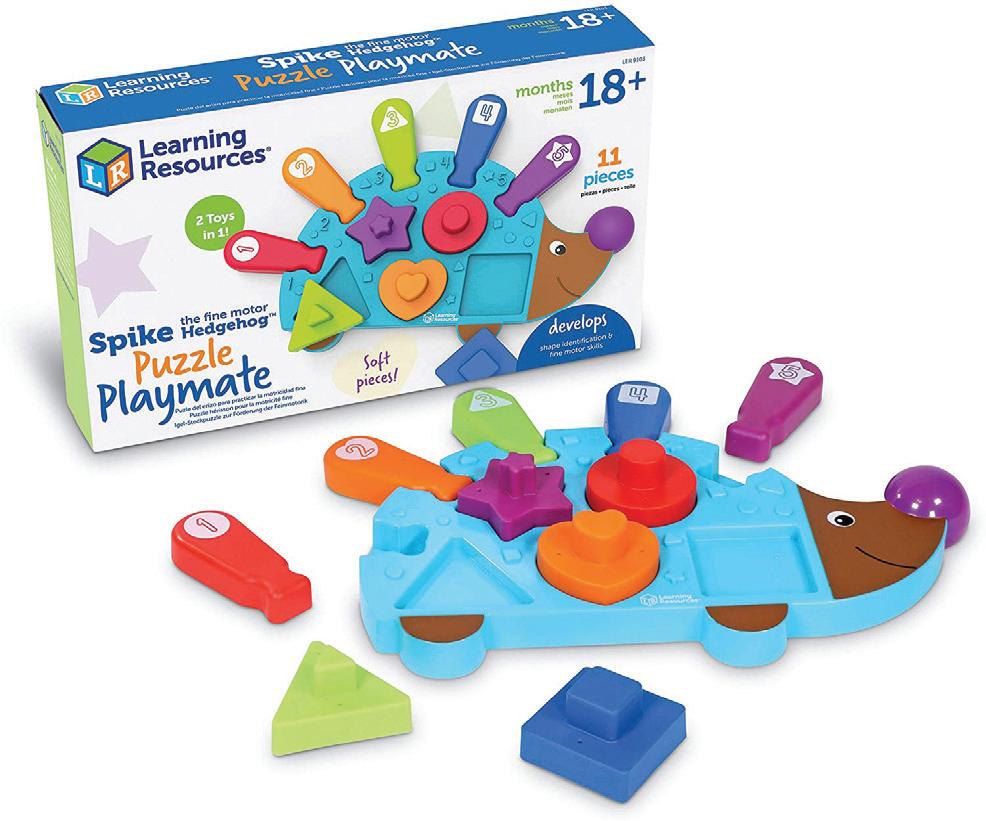
Spike the Fine Motor Hedgehog™ Puzzle Playmate
Build many skills at once with this amazing puzzle. Kids will strengthen their color, shape, and number recognition through play with easygrasp pieces. $14.99, ages 18 months +, www.amazon.com

Cooper’s Story
An uplifting Puppy Tale from bestselling author of the A Dog’s Purpose series, W. Bruce Cameron. When Cooper — a Malamute-Great Dane puppy — is taken to an adoption fair, he finds the perfect forever home with a boy named Burke. $16.99, ages 8-12, https://us.macmillan. com/books/9781250163387
BriteBrush Elmo
Give your child the tools they need to brush with confidence so their gums are clean for the start of school. The four games and Elmo Brushy Brush song will encourage proper brushing as they go along. $19.99, ages 3+, britebrush.com
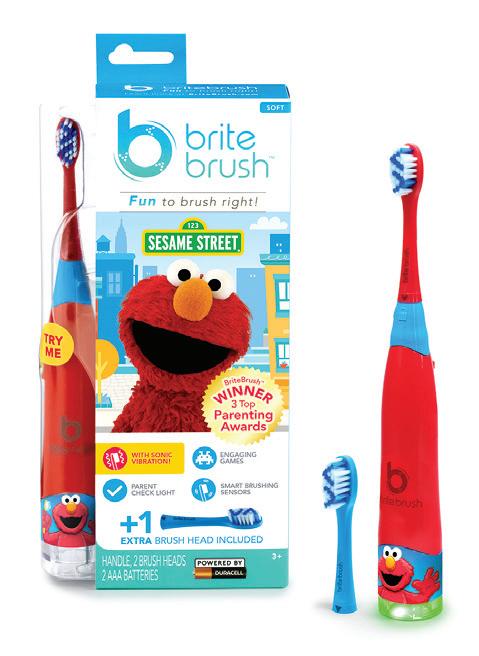
Coding Charms
Combines arts and crafts with exposure to hands-on, advanced coding concepts for all-around STEAM-powered fun. Get creative and experiment with 18 different designs, including an emoji charm, rocket, dinosaur and more. $21.99, ages 8+, www.amazon.com
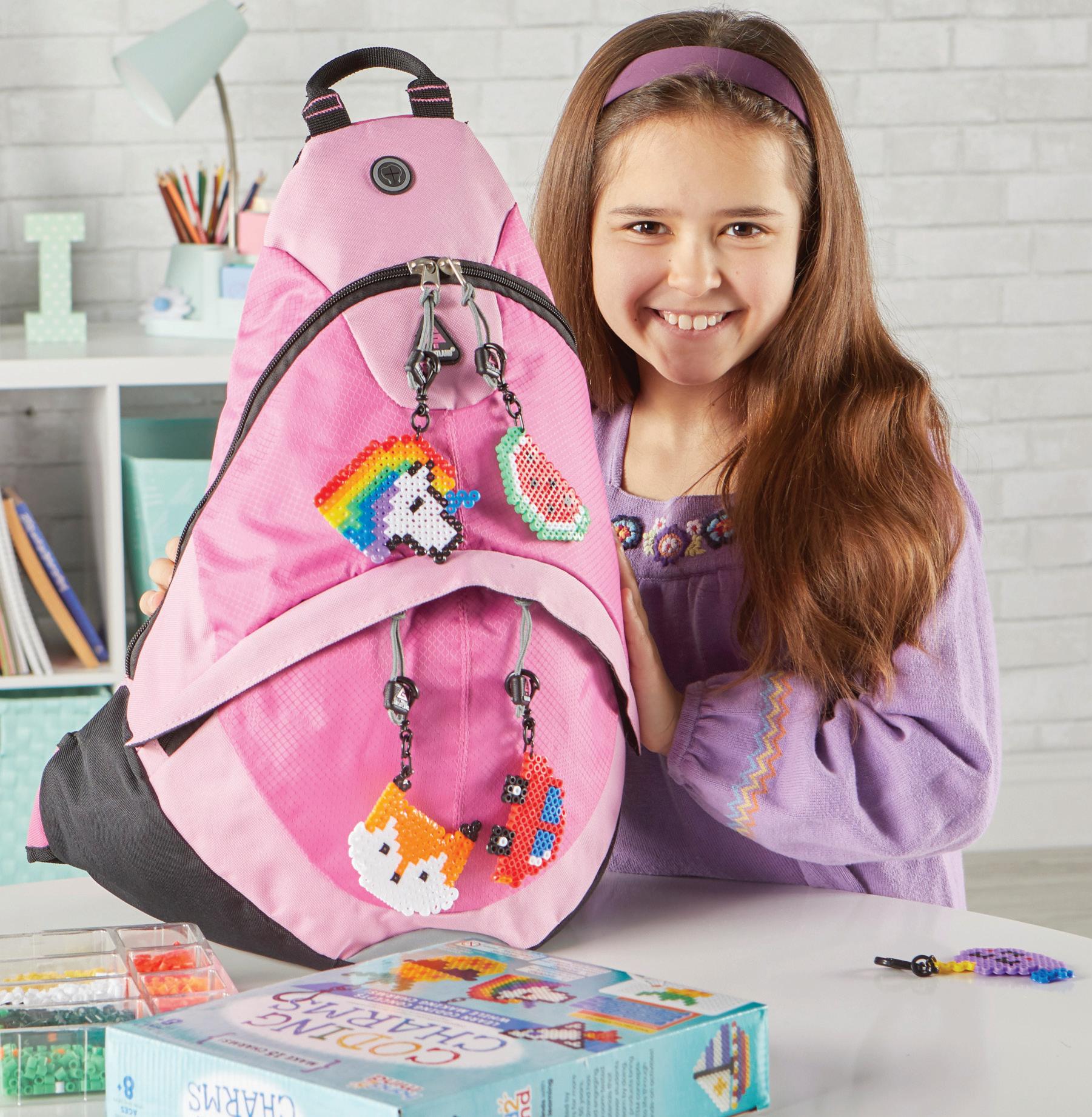
Love the Earth: Understanding Climate Change, Speaking Up for Solutions, and Living an Earth-Friendly Life
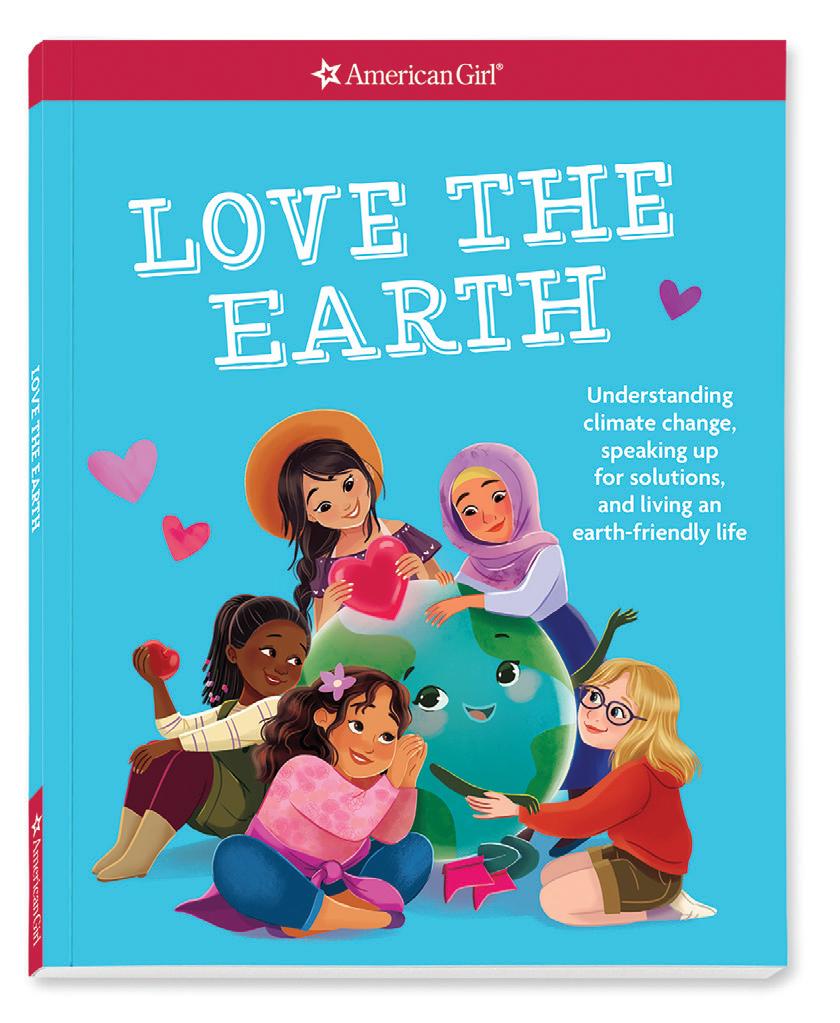
This book is packed with ideas for readers to help them understand climate change, speak up for solutions and live an earth-friendly life. Features profiles of real-life girls making changes for a healthier planet. $9.99, ages 8+, www.americangirl.com
What’s Your Child’s Learning Style?
By Sarah Lyons
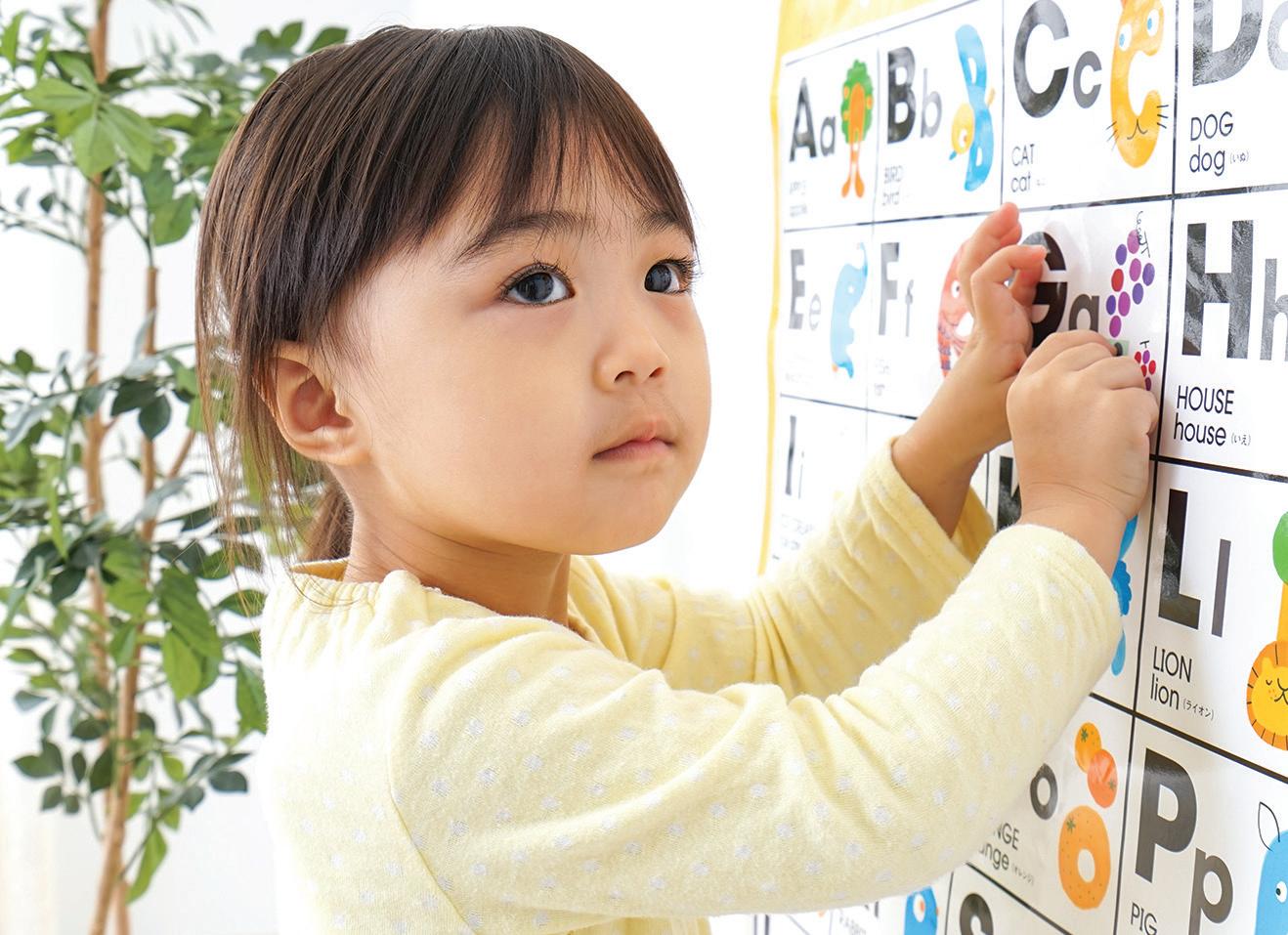
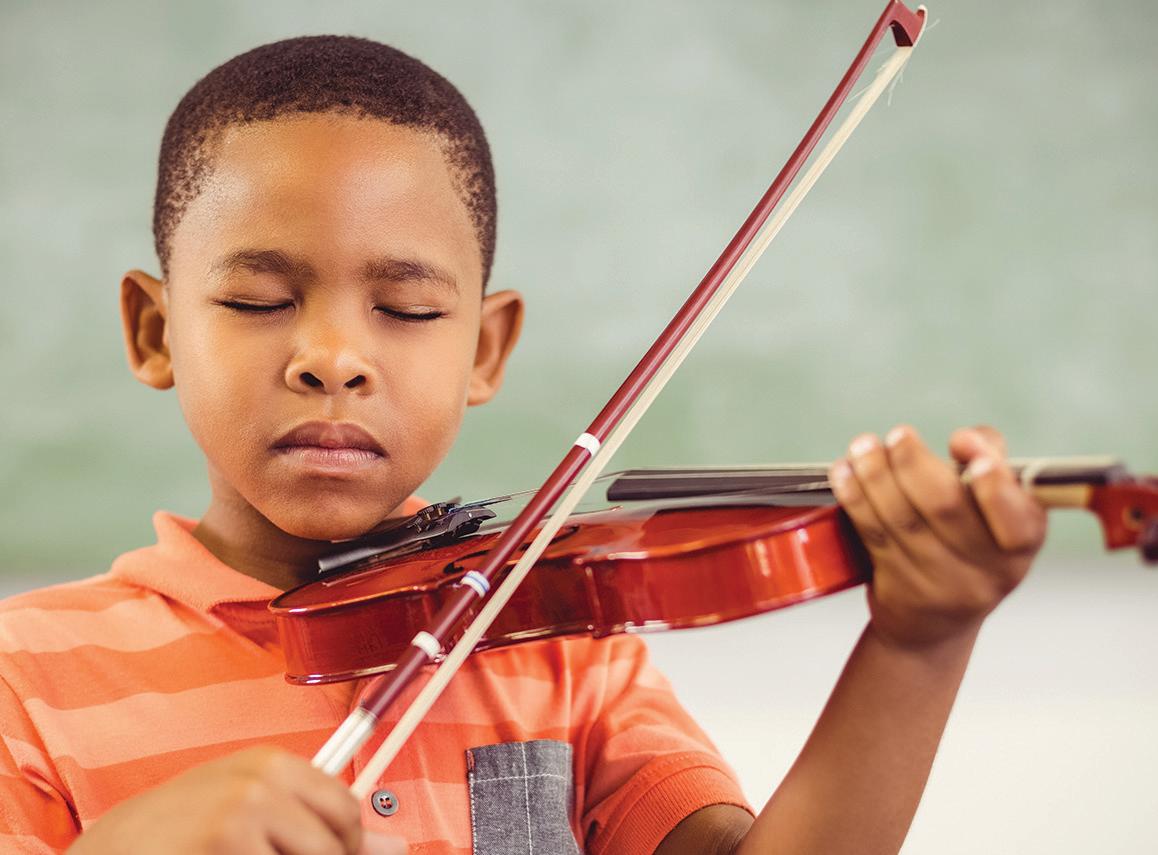
Does your child love to read and write?
Do they have a knack for music?
When they tell a story do they tend to use their whole body to describe what happened? Are they drawn to groups or do they prefer to work alone?
These traits can give a clue about your child’s learning style. A learning style is the method a person uses to learn and should be used to maximize learning. It’s important for parents to understand their child’s learning style so that they can help them find study methods, environments, and activities that help them learn best. (www. classroom.com)
Visual
Visual learners prefer seeing pictures and images to learn new things. They usually have good spatial awareness skills. Kids with this learning style understand maps and have a good sense of direction. They usually love doodling and drawing. Study habits best for these learners are to write information down, underline or highlight as they read, use colorful diagrams, charts, and pictures to enable them visualize what they want to remember.
Auditory
People who are auditory learners are typically drawn to music. They may sing, play a musical instrument, or have the ability to pick individual musical instruments out of a piece of music. They may hum, sing, or tap their feet while they work. Using music and rhythm to remember information can be helpful for kids who have this learning style. It might also be helpful to record and playback things you want to remember, or read and recite information aloud.
Verbal
Kids with a verbal learning style can easily express themselves in both speaking and written communication. Verbal learners have a strong understanding of the meaning of words and will consistently seek out new words to master which they will later use to communicate with others. Try using acronyms or reading information aloud while learning new things. Role playing can also be helpful for the verbal learning style.
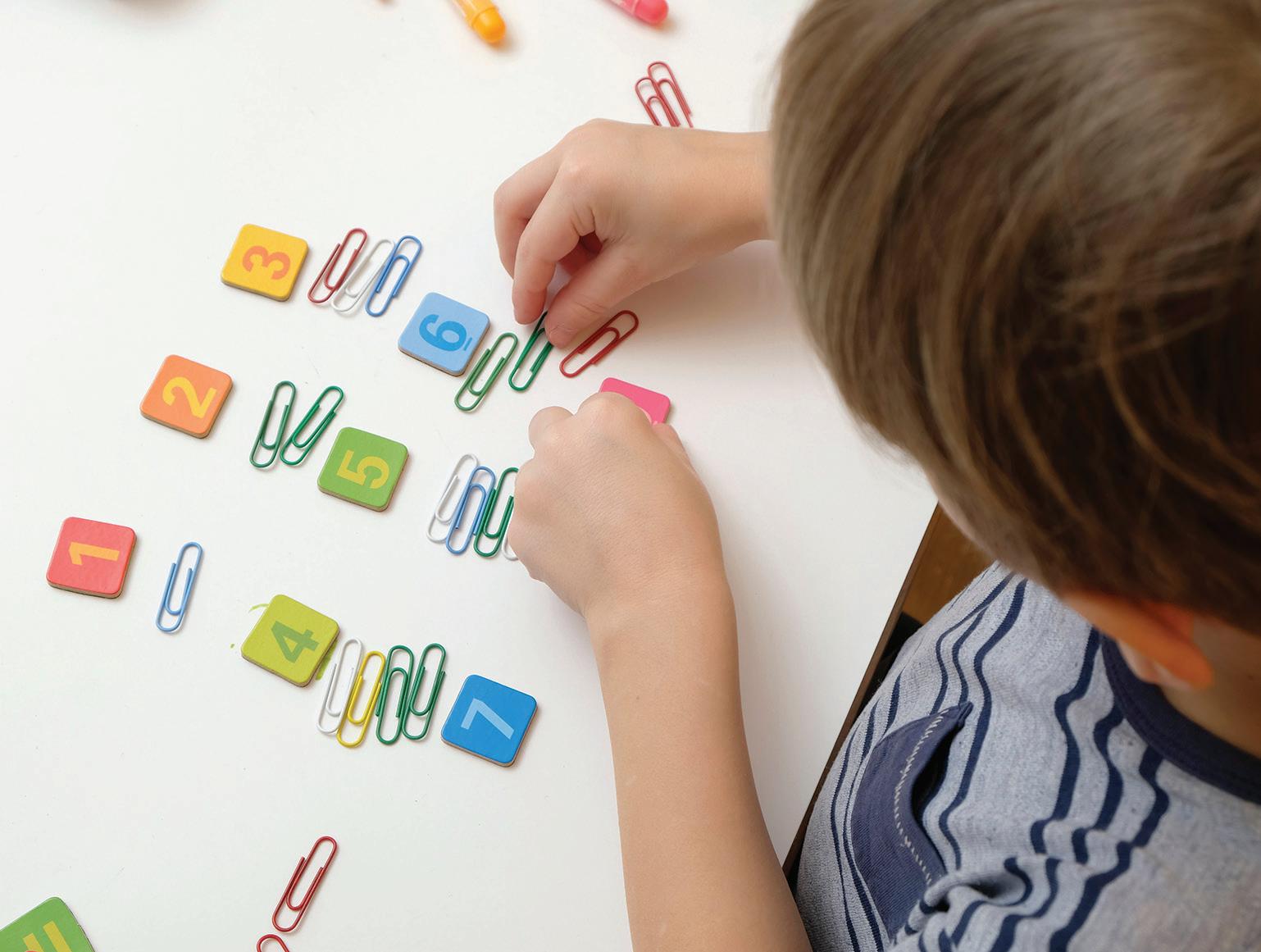
People with a solitary learning style often prefer working alone and enjoy thinking and reflecting on things. They tend to be independent, introspective, and private. They are good at focusing on a task and have strong concentration skills. They may also enjoy keeping a journal to reflect on personal thoughts and feelings. Kids with this learning style prefer to study alone in quiet spaces.
Logical
Kids with a logical learning style generally excel in math and critical thinking. They can recognize patterns and commonalities in seemingly unrelated content. They often understand and work complex calculations in their head. Problems are usually tackled in a systematic way and they enjoy creating lists, agendas, charts, and procedures. Kids with this learning style will retain information if they understand the logic behind it. They need not simply memorize information but truly understand the concepts and reasons for the information to retain them long term.
Social
People who are drawn to the social learning style love working in groups or participating in classes. They enjoy sharing their ideas with others and listening to what others think. Kids with this learning style are good at both verbal and nonverbal communication and understand others as well. People typically like being around the social learner and seek their advice or input when faced with problems. They prefer to work through challenges in a group and will often be found staying after class to chat with friends. Kids with this learning style will enjoy role playing, studying in groups, or sharing what they have learned with others.
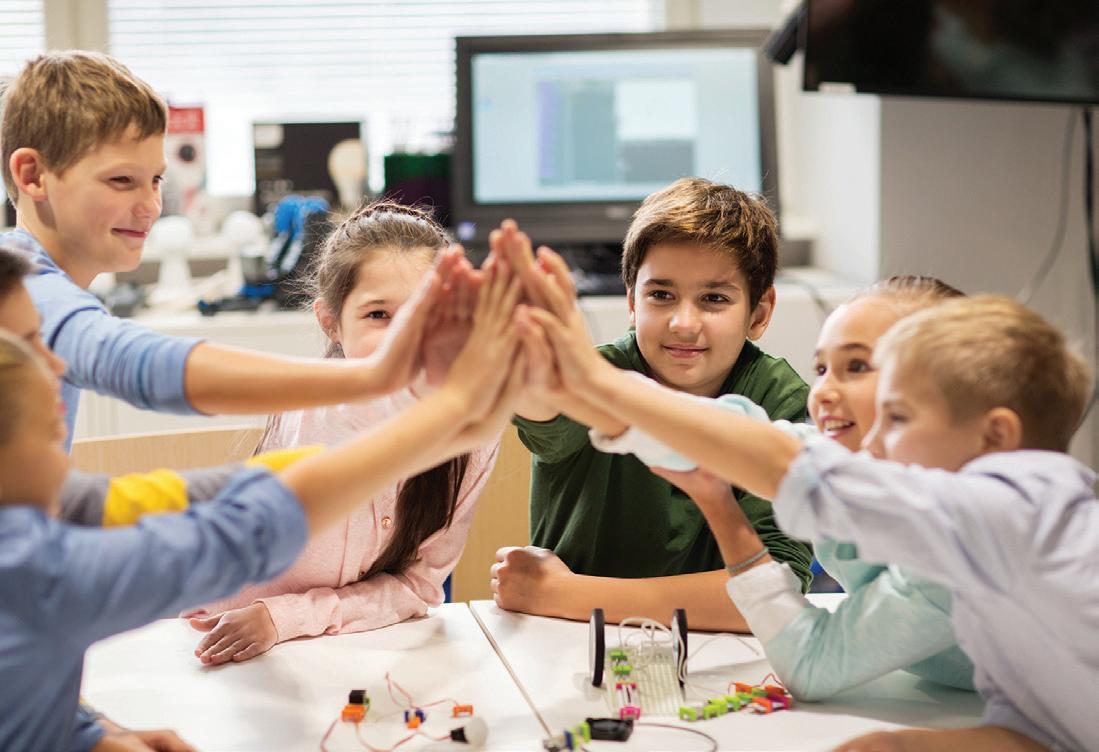

Physical
Kids who prefer using their bodies, hands, and sense of touch prefer the physical learning style. Many of these learners enjoy drama, dancing, woodworking, or exercise. They would rather go for a run or walk when something is bothering them than sit at home and think it through. These kids use hand gestures and body language to communicate and are very aware of the world around them. Sitting and listening to a lecture can be a challenge for kids who prefer a physical learning style so they will often fidget and look forward to when they can move around. Try actually incorporating the physical objects they are learning about or allowing movement whenever possible. Writing, drawing, and using flashcards can also be helpful for kids who have this learning style. Frequent breaks can help the physical learner feel more prepared for study time. You can also try standing while reading, using a computer for studying, or making a review into a gross-motor style game.
Understanding your child’s learning style is important so you can help them get the most out of their education while identifying ways to handle challenges that may occur because of their preferred learning style. Also, parents can use this to their advantage to appeal to their child’s interests when learning new things. Don’t be surprised if your child seems to have a combination of learning styles as this is very common. When caring adults understand a child’s strengths and weaknesses when it comes to learning, it can only improve their experience at school and their study habits at home.✷
Taking the Stress Out

of Back-to-School Mornings
By Sarah Lyons
School mornings can be stressful for both parents and kids. The morning can be very hectic with limited time to eat breakfast, get dressed, gather belongings, and get to school on time. Here are some ideas for families to lower the stress and create a smoother school morning.
LUNCH SOLUTION
Packing a healthy school lunch (or multiple lunches can take up a lot of time in the morning. Get a head start on lunch preparations by starting the evening before. “If my kitchen is clean, I feel like I am ahead of the game. Every night before going to bed I prepare lunches for the next day, put away clean dishes, and reload the dishwasher.” says Kim Burnette, mother of two. By getting a head start the night before, you eliminate a big step, leaving you time for other things in the morning.
BACKPACK SOLUTION
After the kids have completed their homework, have them pack their backpacks up. Parents can sign permission slips, go through school papers, and gather any supplies needed for school the next day and pack them up. Does your child have their gym uniform and band instrument? When everything is ready the night before, there is less to do on school mornings.
WARDROBE SOLUTION
Check the weather the evening before school so that kids can lay out their clothing and outerwear for the next
day. With coats, hats, gloves, and boots laid out there is less scramble to find everything the next morning. Also try laying out the entire week’s clothing on Sunday. “We have a small plastic set of drawers with 5 drawers that can be purchased in the storage section at Target. We put an outfit for both of the kids in each on Sunday.” says Alicia Dafferner, mother of two.
PREP YOURSELF
Many parents find that if they can wake up before the kids, they feel more refreshed and prepared for a productive morning. This gives them the time to take a few minutes to wake up, enjoy a cup of coffee, or grab a quick shower. Mother of three, Jessi Cole, says “I find that it helps if I get up early and get myself ready before my kids get up. That way, I only have to worry about them.”
BREAKFAST SOLUTION
Help make breakfast healthier and quicker by planning ahead. Sherry Hoffman, mom of two boys, says “I make several breakfast options that are freezer and toaster oven friendly on the weekends that we can choose throughout the week.” Ideas for freezer-friendly breakfast items include breakfast burritos, waffles, french toast, or muffins. There are also easy to make options like whole grain cereal, yogurt with fruit and granola, or a breakfast smoothie. Many of these items can be prepared the night before to help the morning go smoother.
EARLY TO BED, EARLY TO RISE
“I have noticed that it makes our mornings much smoother if my kids get enough sleep, so early bedtimes are a must.” says Hoffman. Kids who have a consistent early bedtime are more rested for an early wake up. Rested kids are in better moods and stay on task on school mornings, causing less stress and conflict in the morning.
ELIMINATE ELECTRONICS
With limited time to be prepared for school, it is best to eliminate electronic distractions. Parents and kids need to focus on the goal, which is getting to school on time. Distractions like television, handheld devices, and video games only slow down the process. Remind kids that there will be time for electronics after school, when their chores and homework are complete.
Adjusting to a new school schedule can take a while, but if parents do their best to prepare the night before and teach kids to do the same, the mornings will run much smoother. ✷
Sarah Lyons has the task of getting her six children to school in the morning. Planning and preparation help her household run smoothly.
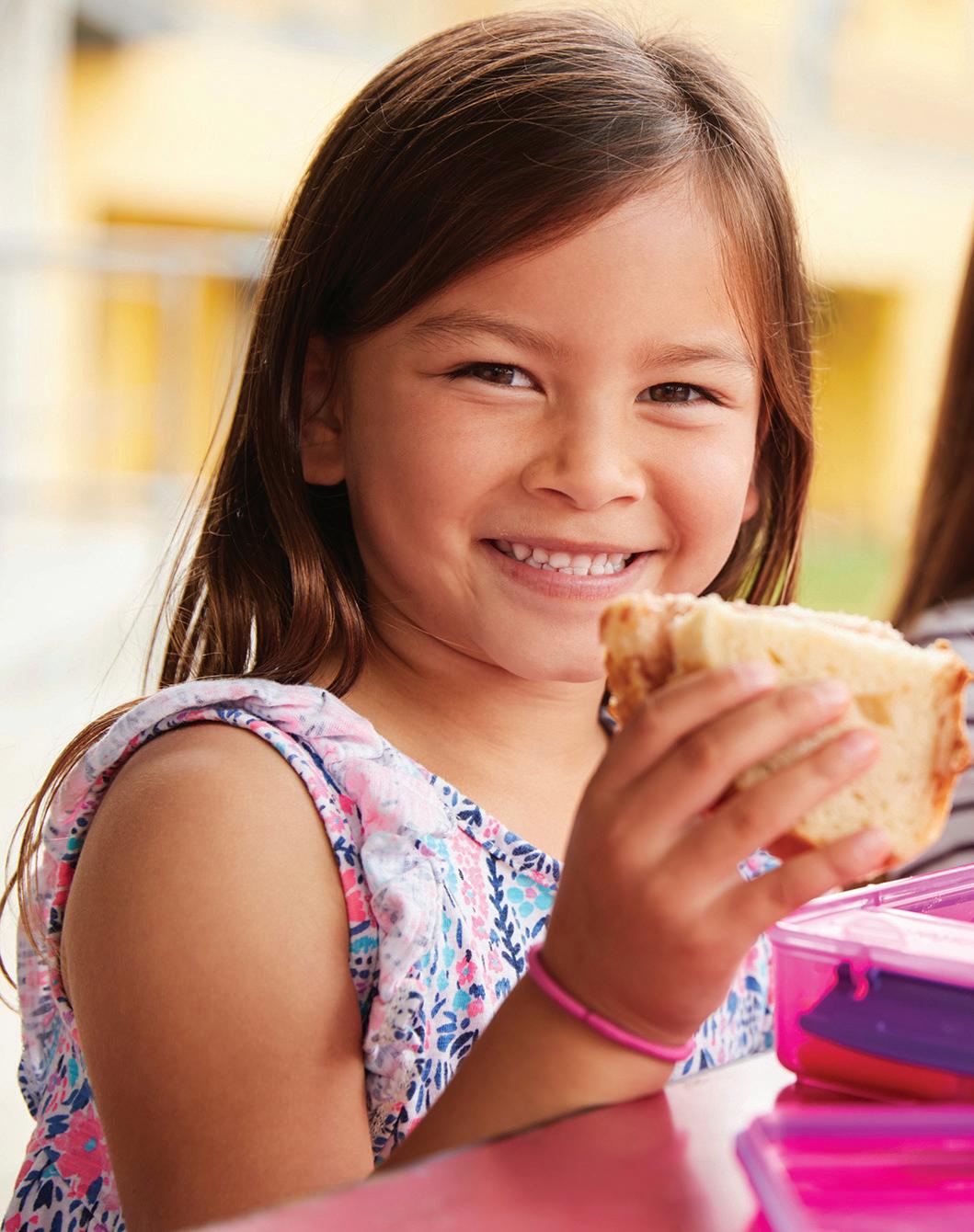
Think Outside the Lunch Box
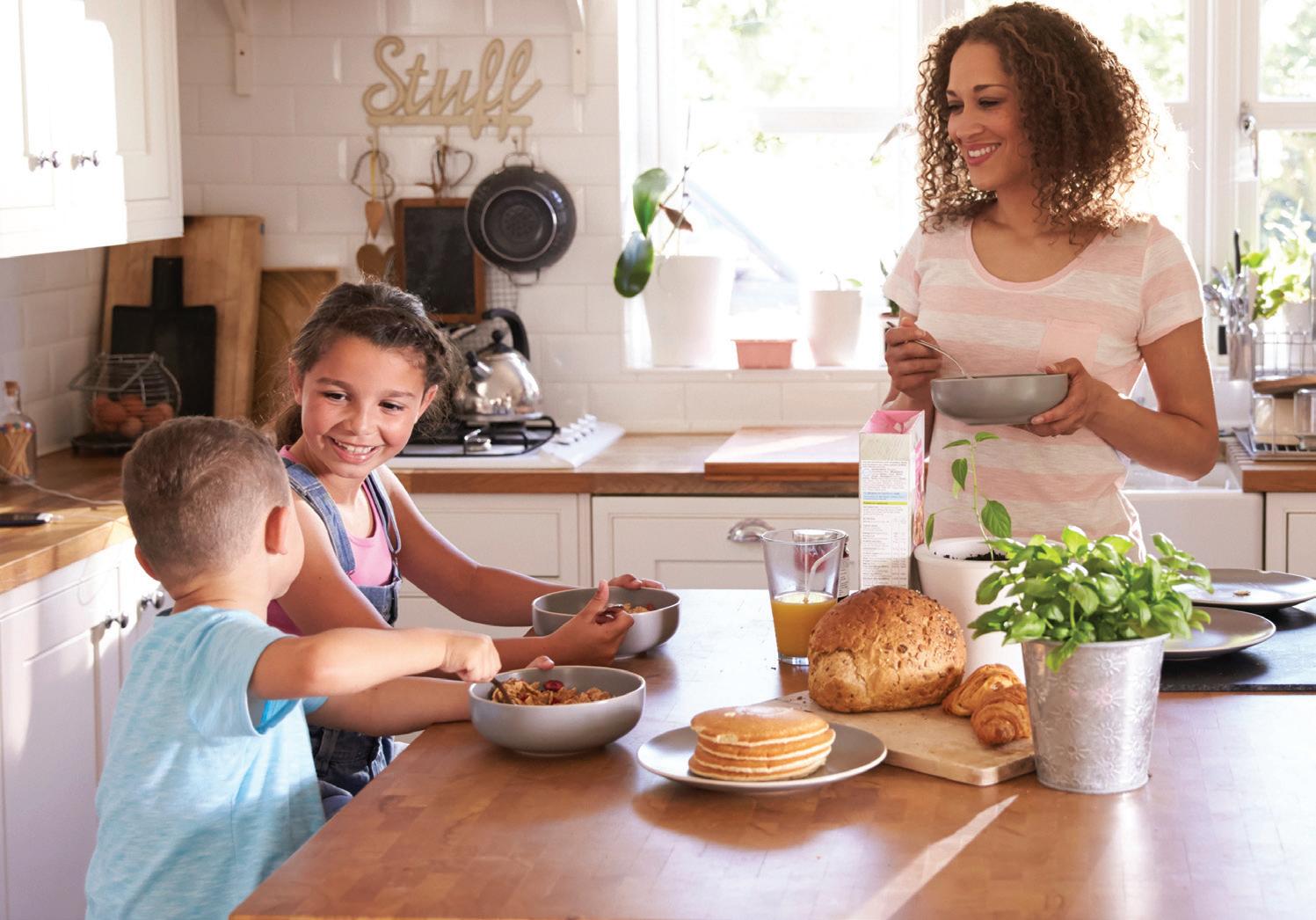
Some kids are more likely to eat their lunch if they are given a variety of foods rather than the same old thing every day. Here are some ideas to get you thinking outside the lunch box. • Wrap it up – fill a tortilla with meat, cheese, and veggies, add your favorite dressing. • Fill a Thermos with soup or pasta • Send pasta or lettuce salad • Dip it – hummus with veggies or crackers, guacamole with chips, or ranch with veggies • Leftovers – send last night’s dinner, chicken and pizza make a great lunch • Different sandwich – put meat and cheese on a sub sandwich instead of bread or send something unusual like peanut butter and banana (use sunbutter for a nut-free option) • Homemade lunchables – cheese, meat, and crackers • Kabobs – fill skewers with grapes, tomatoes, cheese cubes, or meat • Quesadillas – they are taste great cold too • Breakfast for lunch
Reduce FirstDayJitters By Sarah Lyons
As kids pack up their new backpacks, sharpen their pencils, and try on their new fall clothes, most start to get excited about the first day of school. While the beginning of the school year is an exciting time and represents a new start, some kids may feel anxious about the unknown. A new teacher, new classmates, or a new school can cause a lot of stress and anxiety. Using some simple strategies, parents can help prepare their children for the first day and ease their concerns. right foot. When these needs are met, parents and kids can work together to tackle school anxiety.
TALK IT THROUGH
Allow your child to talk about his feelings. Help him list the specific things that he is worrying about. Instead of brushing aside worry, let him know it is natural to be nervous and you will help him adjust to a new school. Try reading some age appropriate children’s books about the first day of school jitters.
START WITH THE BASICS
When children are well rested and have full tummies, they are better prepared for a busy day. Start adjusting bedtime and wake up times a week or more in advance so the child has time to adjust to the new school routine. A healthy and filling breakfast starts children off on the
DISCUSS THE PLAN
Walk your child through what she can expect on the first day. Discuss her transportation and daily schedule at school. If the child has specific worries, try to address when that will happen during day. For some, role playing can help them feel more comfortable. Begin

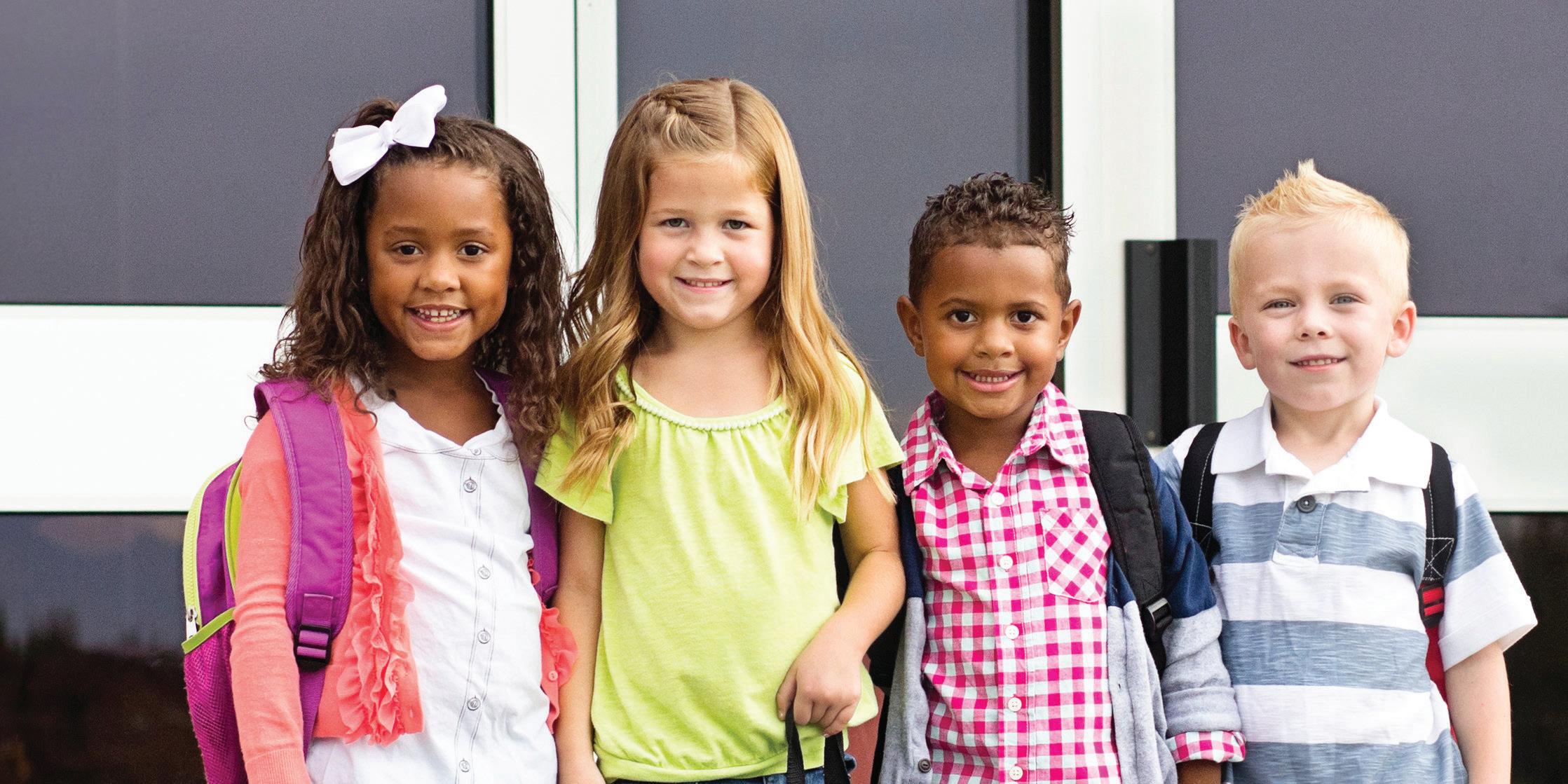
the day as you would a typical school morning. Prepare breakfast, get dressed, and pack bags as if you are going to school. Act out the child’s day and “play school”. Take turns being the teacher. Making it a game can make the child more comfortable when the real day approaches.
FOCUS ON THE POSITIVE
Often parents are just as anxious about their child going off to school as the student. Focus on the positive when you talk to your child about school. Make it exciting by having your child pick out a new backpack, school supplies, and an outfit for the first day. Encourage older siblings to help by talking about the fun things they will experience at school. Ask your child what they are excited about. Watch your own anxiety on the first day and try to behave in a calm and positive way.
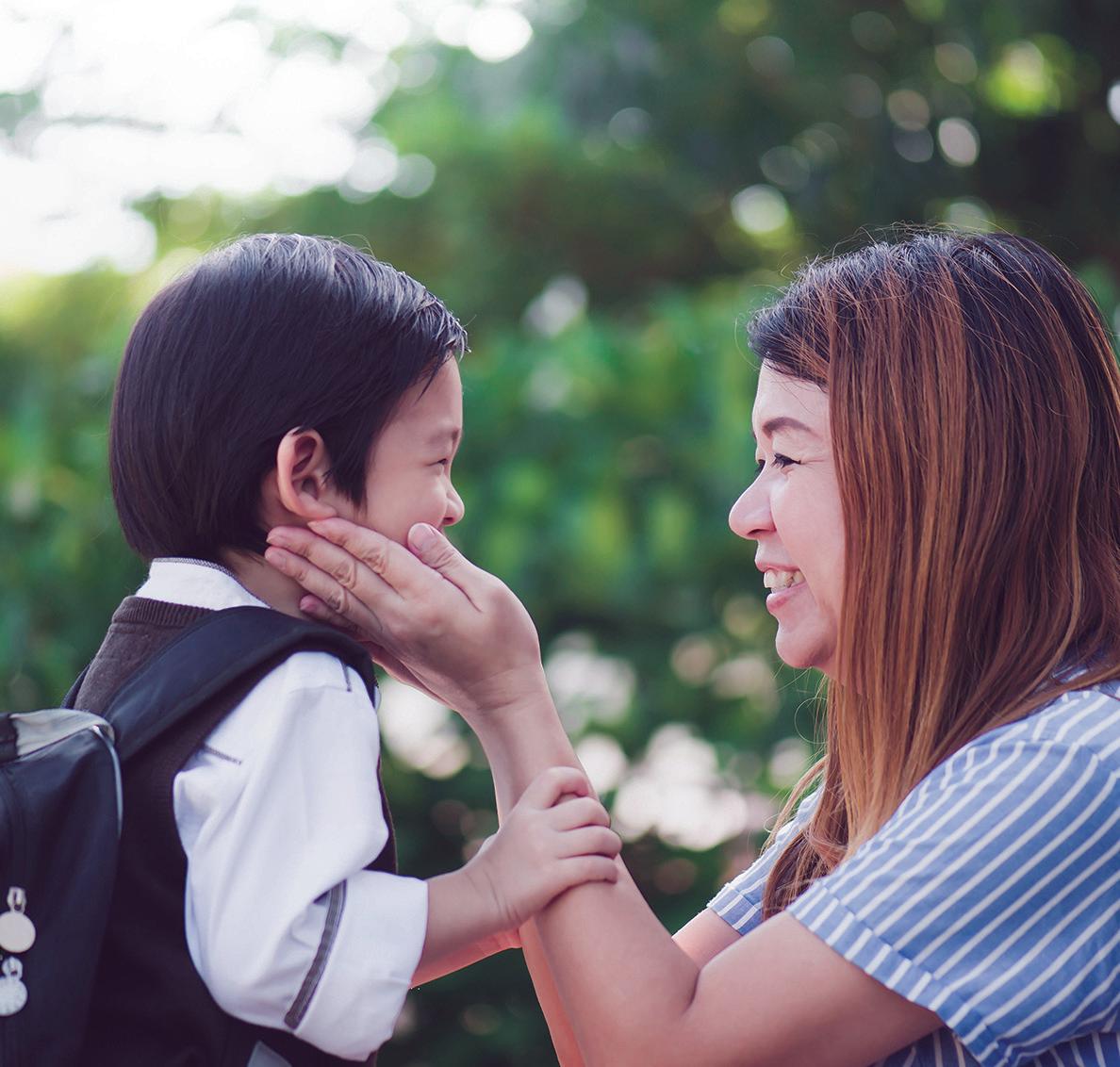
TAKE A TOUR
If the school has a “Meet the Teacher” night, take advantage of this time to show the child the classroom, become familiar with the surroundings, and introduce them to the teacher. This will allow the child to feel more comfortable in their surroundings on the first day.
ENCOURAGE FRIENDSHIPS
When a child recognizes a friendly face in the classroom, it can make them feel much more at ease. Encourage your child to meet other children in the neighborhood that will be in the same class. Host a playdate or a class picnic for the kids.
DISCUSS WITH TEACHER
If anxiety persists after the first few days of school, contact the teacher and share your concerns. She may have some suggestions on how to deal with a student’s anxiety and will be aware of the situation. Oftentimes, a teacher who knows a child is dealing with anxiety will give them extra support in the classroom.
REWARD FOR BRAVERY
The first day of school can be a stressful time. Reward your child for their bravery with a small toy, a special dessert, or a trip to their favorite park. It takes a lot of courage to try something new and it should be recognized. ✷
Sarah Lyons, mom to six children, loves all that goes along with a new school year. This year she will send her daughter off to kindergarten and both are experiencing a little anxiety and a lot of excitement.
Middle School
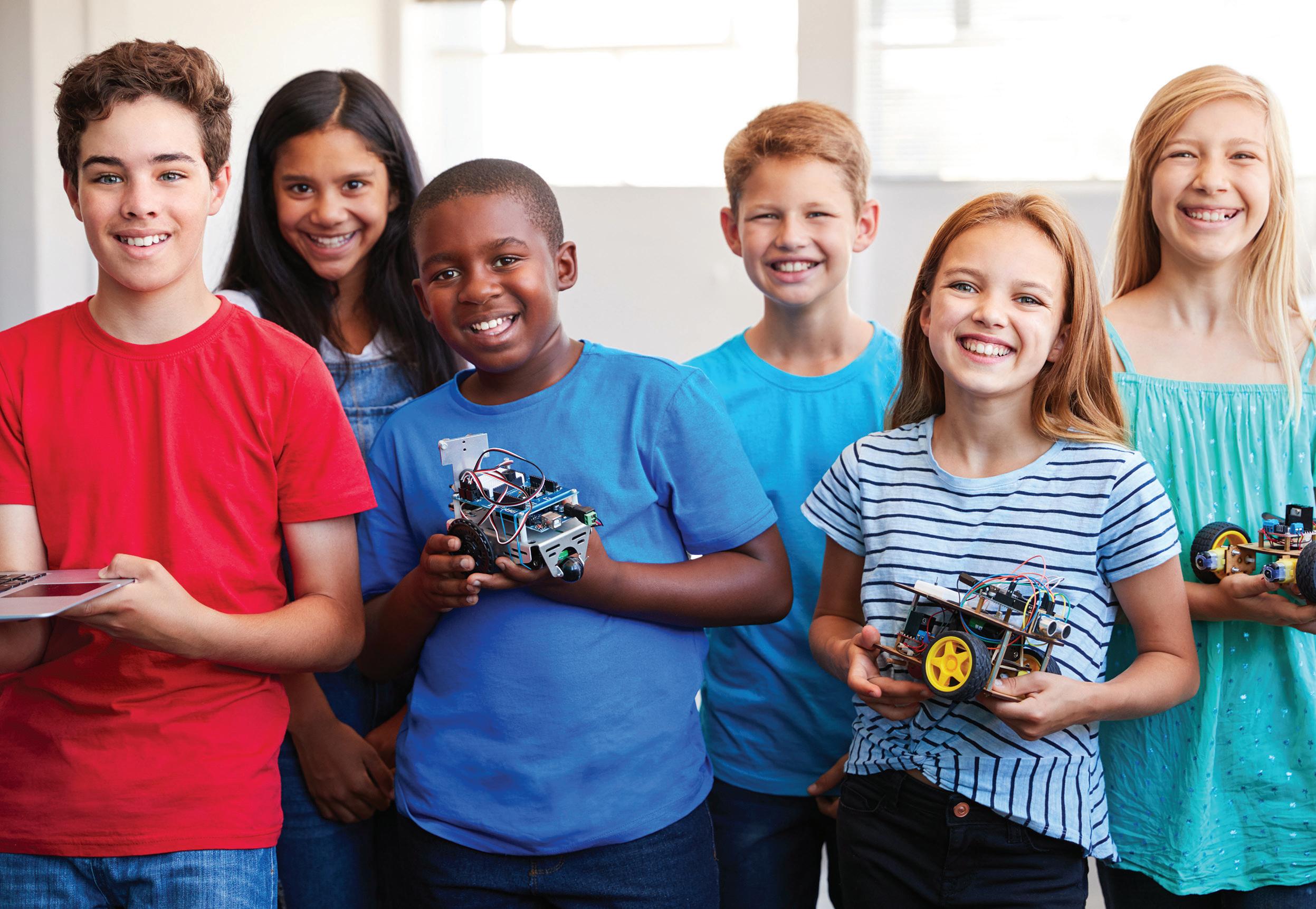
TEACHES Valuable Life Lessons
By Katy M. Clark
“Middle school was awesome,” my coworker said, her voice laden with sarcasm. “I had braces and wore glasses and a back brace.”
“I wore braces, too,” I commented. “And I was the tallest kid in 7th grade. Boys called me the Jolly Green Giant.”
She nodded, chewing thoughtfully on her sandwich. I think I saw her shudder.
But that’s when it hit me. I looked at the two of us, all these years later, both successful at work and fulfilled with families and activities that we loved.
What if middle school didn’t crush us after all? What if the physical awkwardness and social mishaps of middle school taught us invaluable life lessons that prepared us for our lives today?
I think the answer is that it did. And I can’t wait to tell my daughter why.
Middle school teaches resilience. You will fail in middle school. Maybe it’s a bad grade in algebra or being cut from the volleyball team. But you go back to middle school every day.
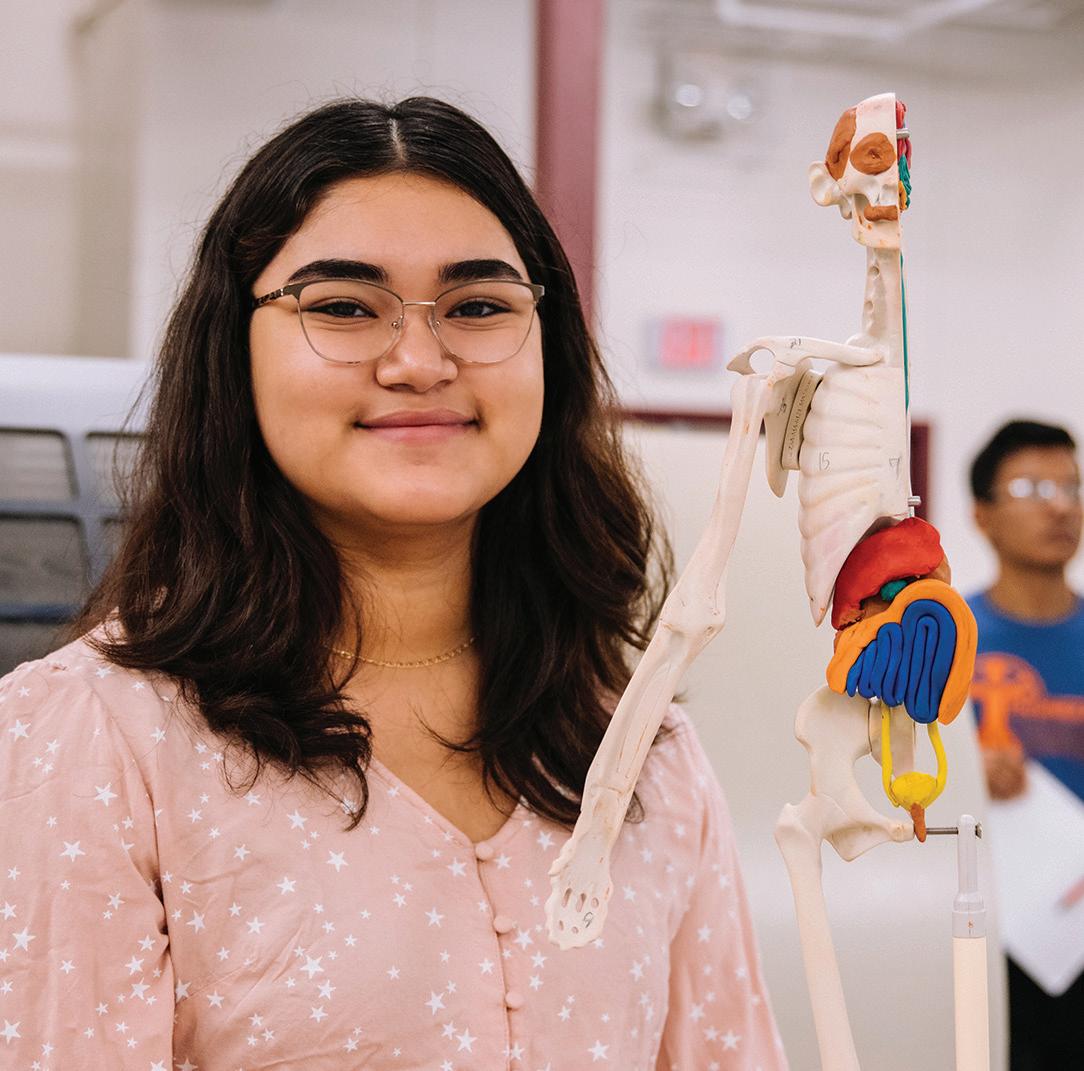
You study harder and get help. You shake off the tryout and try something else. You fall down and get back up. You become resilient.
Middle school helps you embrace change. Middle school is all about change. You will not be the same height or weight from one year to the next in middle school. You may or may not have the same friends. You will change classes like you change the toilet paper roll-constantly. Middle school is a daily affirmation that change is part of life, that it can be good or bad, but that you will survive it.
Middle school teaches conflict resolution. Conflicts, like someone using your pen without permission or cutting in front of you in the cafeteria line, happen daily in middle school. Do you avoid or accommodate the situation? Mediate or challenge it? Each day provides an opportunity to work on communicating your side of the story and empathizing with the other side. The conflict may not resolve itself every time, but the chances to learn and grow are there.
Note: bullying is a form of conflict that is never okay. You should always talk to a teacher or trusted adult about bullying and be involved with your school to create and promote a safe environment for everyone. Middle school teaches
Middle school is self-acceptance. I still all about change. You remember when a boy will not be the same made fun of my butt in 8th grade, taunting me height or weight from that it was flat comone year to the next pared to the other girls. in middle school. You may or may not have But the truth? My less than curvaceous derriere didn’t bother me. It the same friends. still doesn’t, even in a Kim Kardashian world. Middle school is when you get to decide what you like or accept about yourself, regardless of what others think. Middle school shows you what a true friend looks like. Middle school friendships can be sources of comfort and support, but they also can be sources of pain and confusion. Did your supposed best friend reject you this week? Learn from it and choose someone kinder to be in your life. Middle school teaches you that you deserve friends that treat you well, friends that encourage you rather than tear you down. So as my daughter heads towards a new adventure in middle school,
Middle school is when you get to I will be there to remind her that the lessons and experiences of middle school, decide what you although they may be hard like or accept about or uncomfortable, will yourself, regardless mold her, not crush her. That middle school will of what others teach her to become resilthink. ient, embrace change, deal with conflict, accept herself, and discover what makes a true friend. ✷ Katy M. Clark is an award-winning writer who has appeared on Scary Mommy, SheKnows Parenting, and Your Teen for Parents. Her articles have been published in magazines including Pregnancy, Atlanta Parent, San Diego Parent, and more.






